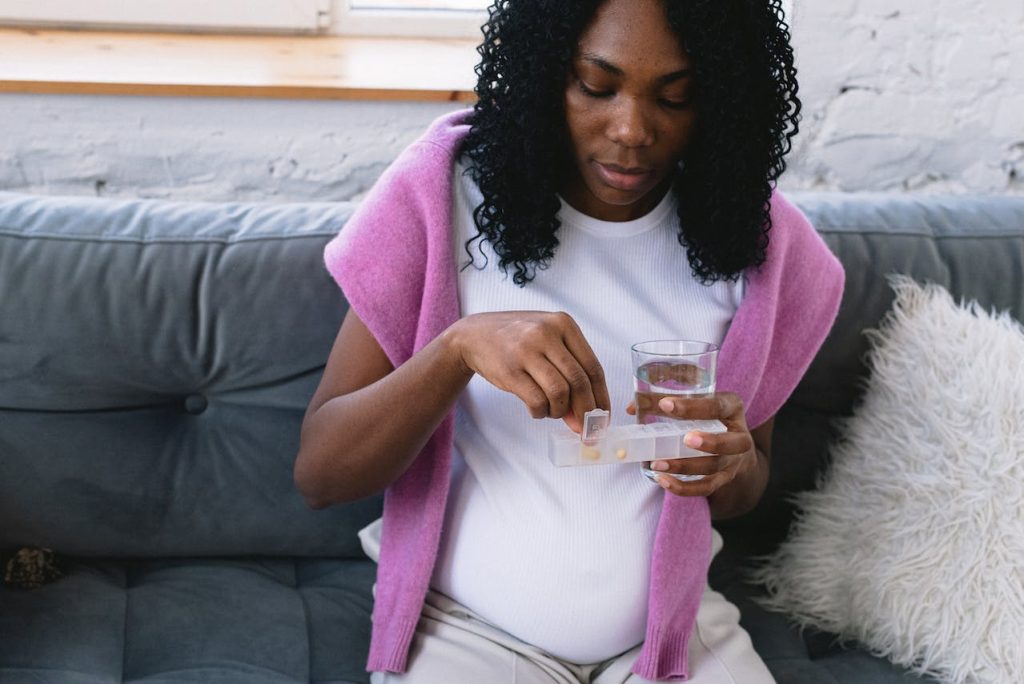New Treatment for Pregnancy Loss Caused by Specific Autoantibody

Amongst women who experience recurrent pregnancy loss, around 20% test positive for a specific autoantibody. A Kobe University-led research team now found a treatment using either of two common drugs that drastically increases these women’s chances of carrying to full-term without complications, reporting their findings in Frontiers in Immunology.
Recurrent pregnancy loss is a condition of women who have lost two or more pregnancies for non-obvious reasons. Kobe University obstetrician Tanimura Kenji and his team have previously found that in 20% of these women, they can detect a specific antibody in their blood that targets their own bodies: anti-β2-glycoprotein I/HLA-DR autoantibodies.
Tanimura explains: “There is no known treatment for this particular condition, but the antibodies have a similar target to those that play a role in a different condition that has an established treatment.” Therefore, he wanted to test whether that treatment also works in the cases with the newly discovered antibody.
Tanimura enlisted the help of obstetricians across five hospitals in Japan and over the course of two years analysed the blood of consenting women suffering from recurrent pregnancy loss for the antibodies. If any of these women got pregnant during this time frame, their doctors would offer treatment options also containing those drugs that are effective against the chemically similar condition, specifically, low-dose aspirin or heparin. The research team then observed how many of the women who included these drugs in their treatment had full-term live births or pregnancy complications and compared that to the pregnancy outcomes in women who did not take either of the two drugs.
They report that women who received the treatment were much more likely to have live births (87% did) compared to the ones without treatment (of which only 50% had live births). In addition, amongst the live births, the treatment reduced the likelihood of complications from 50% to 6%. “The sample size was rather small (39 women received the treatment and 8 did not), but the results still clearly show that a treatment with low-dose aspirin or heparin is very effective in preventing pregnancy loss or complications also in women who have these newly discovered self-targeting antibodies,” summarises Tanimura.
Many women who tested positive for the newly discovered self-targeting antibodies also tested positive for the previously known ones. However, the Kobe University-led team found that women who only had the newly discovered antibodies and who received the treatment were even more likely to have a live birth (93%) and, amongst these, none had pregnancy complications.
Looking ahead, Tanimura says: “The newly discovered self-targeting antibody has been demonstrated to be involved also in infertility and recurrent implantation failure, as well as a risk factor for arterial thrombosis in women with systemic rheumatic diseases. I therefore expect that studies about the effectivity of the treatment against a broader range of conditions might produce encouraging results.”
Source: Kobe University





